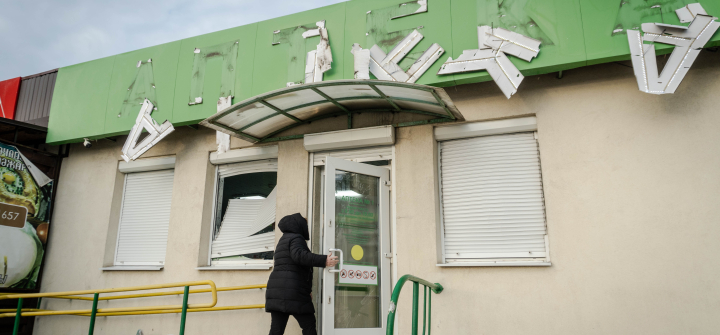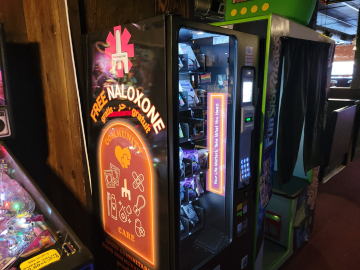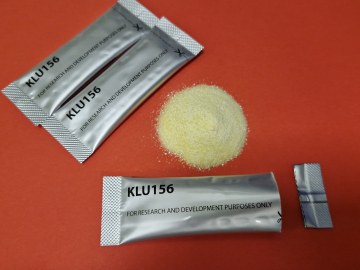Pandemic Agreement May Happen Eventually ... But Will the World Be Ready?
The likely outcome of any accord to strengthen global pandemic preparedness would include a substantial transfer of knowledge and commodities to low- and middle-income countries to strengthen their ability to face the next pandemic. But do those countries have the capacity to act on such a transfer?
While media attention has focused on the sticking points in recent pandemic accord negotiations, such as pathogen access and benefit sharing, the (perhaps less exciting) incremental, behind-the-scenes work that countries need to do in order to be able to make the most of commodity and technology transfers has been neglected. This kind of system-strengthening work does not need to wait until WHO member states reach consensus. There are three important things that countries can be doing—and funders and policymakers can be supporting—right now.
Global health professionals and donors can be working to strengthen pharmaceutical systems in LMICs to ensure access to safe and quality-assured medicines at affordable prices while guarding their appropriate use in the following important ways:
1. Improve the systems that govern the introduction of new medical products.
Introducing a new medicine or health technology into a country is often a challenge. Fragmented and inefficient product registration systems, weak communication networks, a lack of trained providers, and insufficient data systems all delay delivery.
A clear way to bring new medicines and technologies into a country is to ensure adequate financing of national medicines regulatory agencies (NMRAs). These agencies, which exist to make sure new products are safe and effective, need to be able to sustain their business operations, recruit more qualified staff, and advocate for a better-trained and competent regulatory workforce needed as an influx of new products and technologies—such as diagnostic tests, promising treatments, and eventual vaccines—are developed. System strengthening measures like these will prepare countries to make the most of the eventual pandemic accord.
2. Strengthen the supply chains that will deliver medicines to people.
Getting a new medical product, once approved, to the people who need it can be difficult—complicated by stock scarcity, personnel shortages, and under-resourced information systems trying to function in logistically challenging environments.
Mapping these gaps and analyzing a system’s capacity can identify causes of inefficiencies and help countries develop strategies to address the root causes. By instituting ongoing performance monitoring of key indicators, countries can ensure that their supply chains are built for long-term resilience and to withstand climate-related shocks.
For example, Ukraine has established a supply chain program for HIV and tuberculosis medicines that uses a network of local, private-sector logistics providers to address unpredictable and insufficient medicine stock levels and prevent treatment interruptions. This initiative helped streamline fragmented public-sector logistic services while following supply chain best practices, lowering costs and improving patient outcomes. It was repurposed for vaccine delivery during COVID, and during the invasion, shifted again to move emergency medical supplies.
3. Make sure the new products remain safe.
The work of NMRAs does not stop once a new product hits the market. New medicines and vaccines enter markets based on data from clinical trials conducted with small, select population groups, and more information is needed to understand how the wider population will respond. Establishing pharmacovigilance once a product becomes widely available is critical to determine a product’s true safety and efficacy in a given population.
A few years ago, my colleagues and I worked with Bangladesh's NMRA to establish a web-based surveillance system to monitor the safety of a novel TB treatment. Implementing such a system requires training health workers and extensive outreach efforts to the public. While Bangladesh first began using the system to monitor TB treatments, it has since expanded to monitor adverse reactions for all medical products.
Yet many countries do not have adequate systems in place. Countries should work now to strengthen the ways they identify and characterize risk through increased reporting of suspected adverse drug reactions, feedback to providers, and the use of safety data to improve clinical decision making. Through strong electronic data sharing and increased participation by stakeholders across sectors, they can improve transparency, accountability, and communication and make sure that the medicines people are receiving are safe, effective, and appropriate.
Failure to address these underlying systems would result in delays in getting tests, vaccines, and treatments to patients most in need, causing unnecessary suffering and preventable deaths. While WHO member states make incremental but promising progress toward a pandemic agreement, global health professionals can do everything in their power to ensure its success. We know how to do better, and the time to act is now.
Niranjan Konduri is a deputy technical director specialized in access to medicines and pharmaceutical systems strengthening with global health nonprofit Management Sciences for Health.
Join the 50,000+ subscribers in 170+ countries who rely on Global Health NOW summaries and exclusive articles for the latest public health news. Sign up for our free weekday newsletter, and please share with friends and colleagues.
A woman enters a pharmacy damaged in a Russian drone attack in Kharkiv, Ukraine, on January 31. Ivan Samoilov / Gwara Media / Global Images Ukraine via Getty





